Click here to listen to the text
Cultural Bridges and Exchange
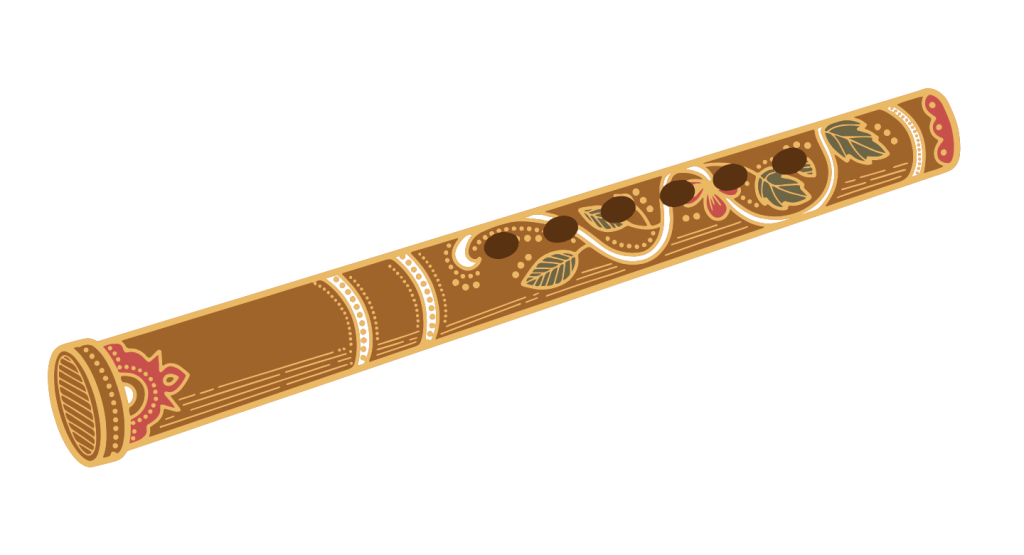
Ferdinand Augustin Hallerstein – Liu Songling and the Monument in His Honor
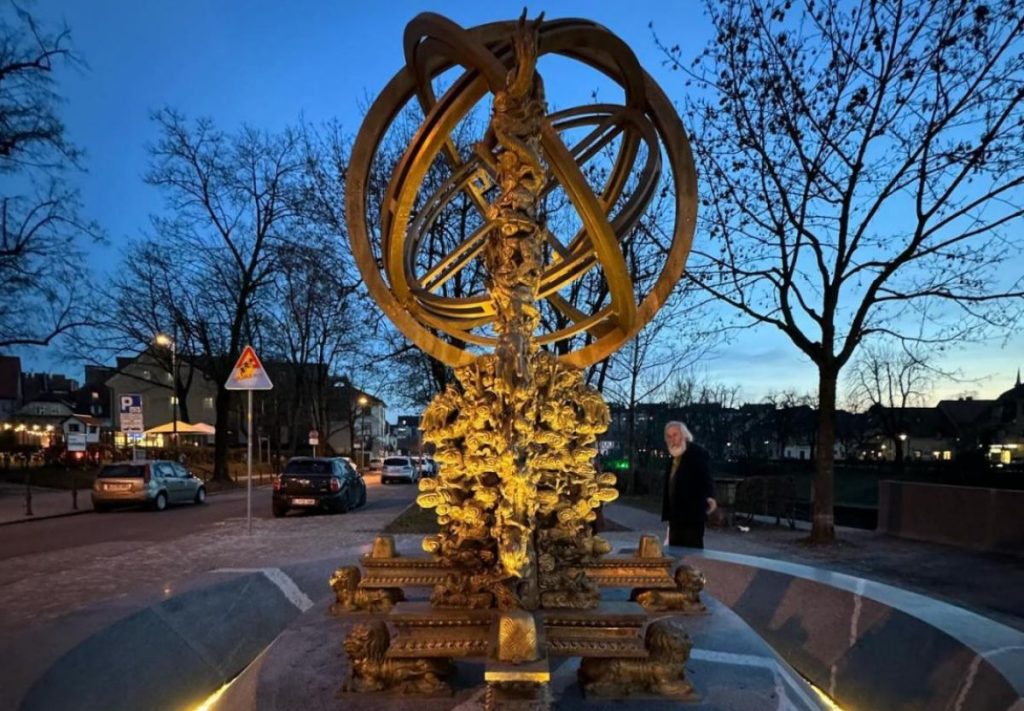
Ferdinand Augustin Hallerstein (1703–1774), also known in Chinese as Liu Songling (刘松龄), was a remarkable Slovene Jesuit missionary, astronomer, mathematician, and diplomat who left an indelible mark on the cultural and scientific exchange between Europe and China in the 18th century. Born in Ljubljana, Slovenia, then part of the Habsburg Monarchy, Hallerstein became one of the most influential European figures at the imperial court of China during the Qing dynasty.
He grew up in manor Mengeš and soon demonstrated extraordinary aptitude in astronomy and mathematics. He joind the Jesuits and was confirmed for missionary service. He set for China from Trieste in 1735, taking with him a Slovenian Catholic songbook, which is now preserved in the Central Library in Beijing. In Lisabon he waited a several month for a ship. After a demanding and perilous journey, he reached Beijing in 1739 and quickly rose to prominence due to his exceptional scientific knowledge and diplomatic skills, following the footsteps of earlier Jesuits who had served the Chinese emperors as scientists and advisers.
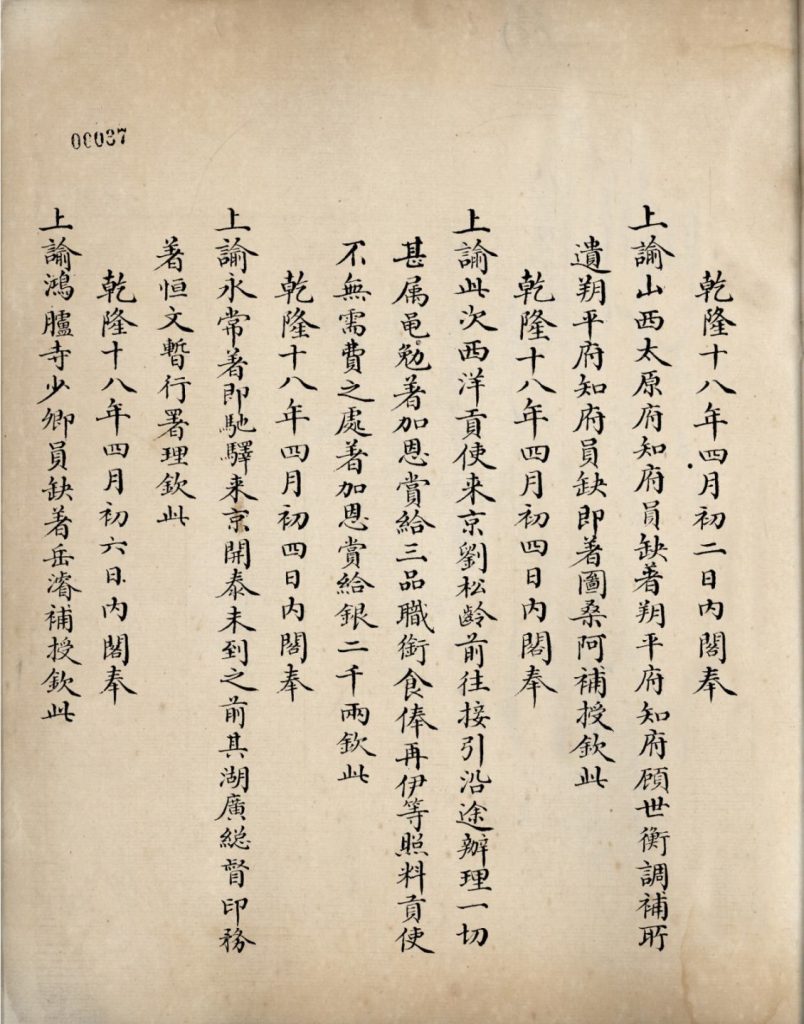
Hallerstein was in 1746 appointed as head of the Imperial Astronomical Bureau in Beijing. This was no small feat: he became the official astronomer and calendar maker of the Chinese Empire, a position of high prestige and responsibility. Hallerstein helped reform the Chinese calendar, made improvements in astronomical observations, and introduced new instruments and methods. In 1752, he accompanied the Portuguese royal envoy on a visit to Beijing, where he proved himself to be a skilled diplomat. His achievements earned him the title Mandarin of the third rank— a rare honor for a foreigner. Hallerstein maintained a correspondence with European scientists and was member of scientific (royal) societies in London, Paris and Saint Petersburg, helping to share knowledge between East and West.
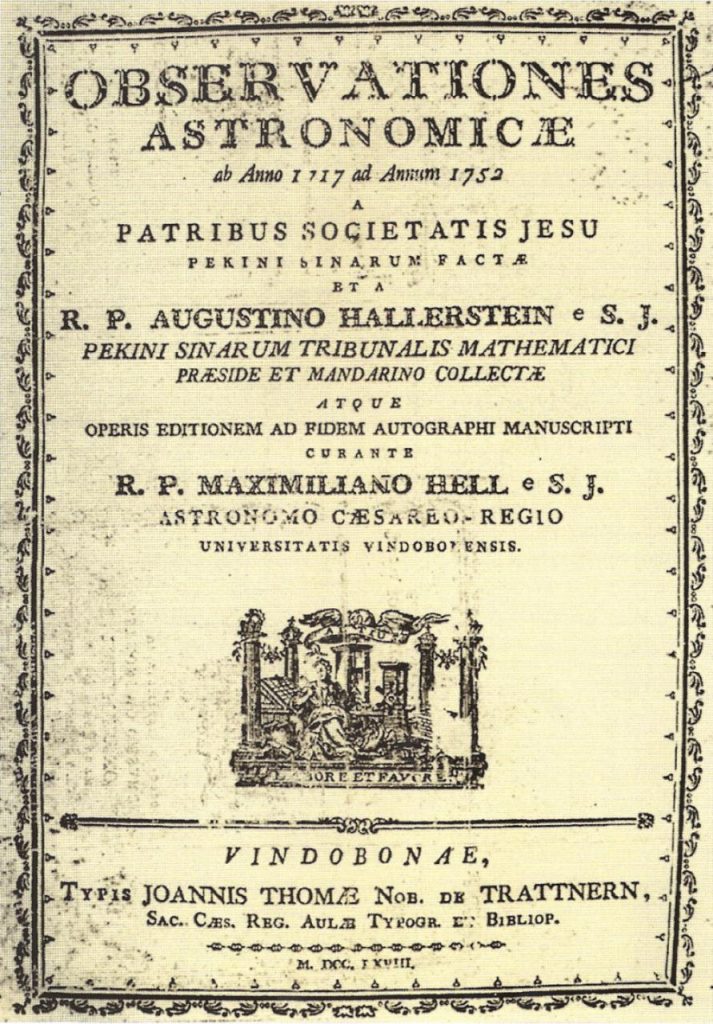
Perhaps most impressively, Hallerstein designed and oversaw the construction of an armillary sphere for the Beijing observatory, a masterpiece of both European knowledge and Chinese craftsmanship and a symbol of scientific cooperation across continents. This was a challenging project because the Emperor’s official geocentric approach required an equatorial design, while the Jesuits took measurements based on the heliocentric system and the ecliptic. This armillary sphere is therefore a kind of hybrid combining both principles, and is unique among instruments of its kind in the world. Completed in 1754, the sphere is the largest surviving astronomical observer on the platform of the Beijing Ancient Observatory. Emperor Qianlong also ordered the mapping of the Mulan Paddocks, the royal hunting grounds of the Qing Dynasty. Liu Son-gling was commissioned to work with the Italian painter Giuseppe Castiglione to draw the map.

In addition to his scientific endeavors, Hallerstein was also deeply involved in cultural diplomacy. He worked to foster mutual understanding between the Chinese and European worlds, combining his intellectual pursuits with a strong commitment to intercultural dialogue. Despite his distance from Europe, Hallerstein remained in contact with the family the scholarly and religious communities of his homeland. He sent back reports, astronomical data, and cultural observations, which enriched European understanding of China. He died in Beijing in 1774 and was buried in the Jesuit Zhalan Cemetery.
For many years, Hallerstein’s legacy remained relatively unknown in his native Slovenia and in broader European memory. However, in recent decades, there has been a growing appreciation for his contributions to science, diplomacy, and intercultural exchange. This culminated in the erection of a monument in his honor, a long-overdue recognition of one of Slovenia’s greatest historical figures. The erection of the memorial is the result of the efforts and collaboration of numerous institutions and individuals: the artist Huiqin Wang, the Slovenian Academy of Sciences and Arts, the Slovene Ethnographic Museum, the Archives of the Republic of Slovenia, the Embassy of China in Ljubljana, the Slovenian Embassy in Beijing, the National Archives Administration of China, the Beijing Planetarium, the KIBLA Center, the City Municipality of Ljubljana, and many others. The Municipality of Ljubljana has, among other things, provided for the installation of a pedestal. The pedestal is the work of Slovenian craftsmen, and on it there is a replica of the original star-gazing instrument, which still stands at the old Beijing Astronomical Observatory and was generously donated to Slovenia by the Embassy of the People’s Republic of China. Inscriptions in Slovene, and Chinese evoke the global nature of Hallerstein’s legacy.
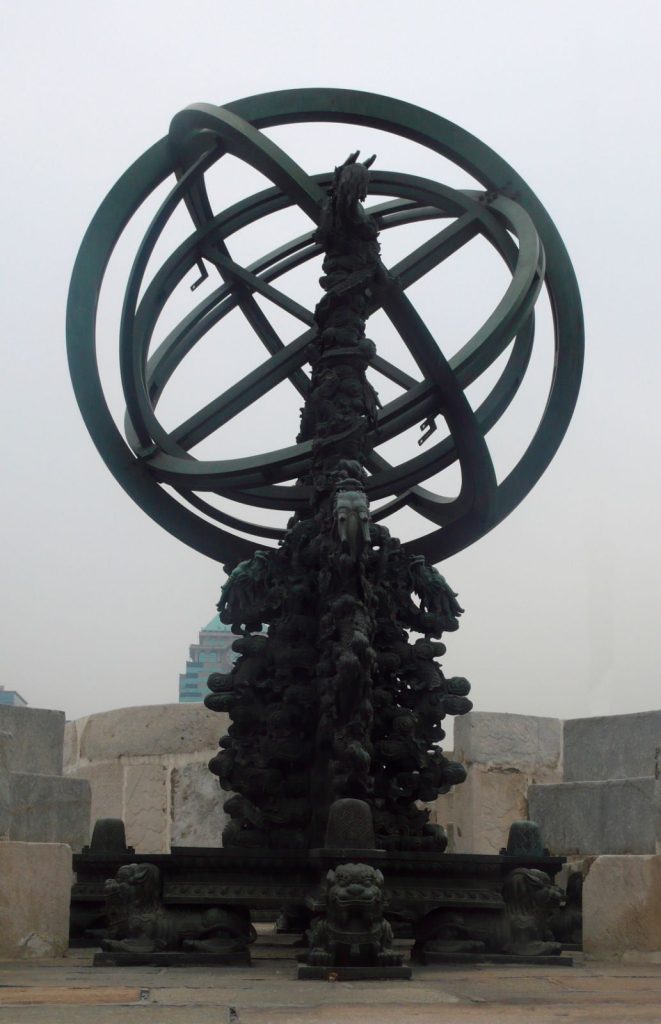
The monument is more than just a tribute to an individual—it is a statement about the enduring value of dialogue, knowledge exchange, and peaceful cooperation between civilizations. It reminds us that scientific discovery knows no borders and that mutual respect between cultures can lead to remarkable achievements. In this sense, Hallerstein is not only a figure of historical interest but also a model for the kind of intercultural engagement that is so necessary in the modern world.


Get news before anyone else!
This audio recording was generated using AI technology. While every effort has been made to ensure clarity and accuracy, please note that the pronunciation of non-English words—particularly Chinese—may not always be correct. We appreciate your understanding and acknowledge that any mispronunciations are unintentional. Internationalis Media is not responsible for potential inaccuracies in AI-generated speech.